A Self-Shadow Algorithm for Dynamic Hair using Density Clustering
Tom Mertens, Jan Kautz, Philippe
Bekaert, Frank Van Reeth
Abstract
Self-shadowing is an important factor in the appearance of hair and fur. In
this paper we present a new rendering algorithm to accurately compute shadowed
hair at interactive rates using graphics hardware. No constraint is imposed on
the hair style, and its geometry can be dynamic. Similar to previously
presented methods, a 1D visibility function is constructed for each line of
sight of the light source view. Our approach differs from other work by
treating the hair geometry as a 3D density field, which is sampled on the fly
using simple rasterization. The rasterized fragments are clustered, effectively
estimating the density of hair along a ray. Based hereon, the visibility
function is constructed. We show that realistic self-shadowing of thousands of
individual dynamic hair strands can be rendered at interactive rates using
consumer graphics hardware.
Publication
A Self-Shadow Algorithm for Dynamic Hair using Density Clustering
Tom Mertens, Jan Kautz, Philippe Bekaert, Frank Van Reeth
In proceedings of Eurographics Symposium on Rendering 2004, Norrköping, Sweden, June 21-23,
2004
Also appeared as a Siggraph 2004 sketch.
Downloads
Paper [PDF]
PowerPoint presentation [PPT]
Curly hair example [MPEG] (3.5Mb)
Long hair example [MPEG] (3.9Mb)
Results
Here we show some additional qualitative comparisons that couldn't fit in the
paper. The quality of our renderings are equal or better than the ones produced
by opacity shadow mapping (OSM), using high quality settings (256
slices). In certain cases, the visual texture caused by shadow attenuation
is more pronounciated, thereby greatly improving the appearance.
|
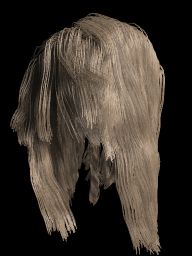
|
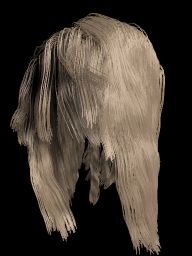
|
|
Our method, 4 clusters
|
OSM, 256 slices
|
This is very clear in the above example. The flat region in the center right
part of the image shows some variation in shadow attenuation, causing a very
interesting texture. The rendering next to it shows that OSM is not capable of
generating this detailed appearance.
|
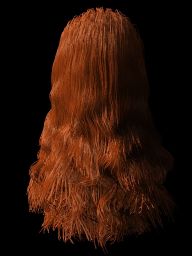
|
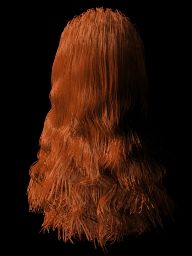
|
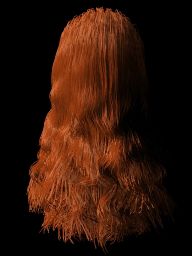
|
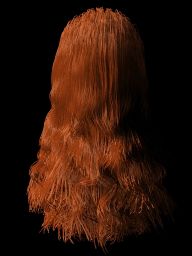
|
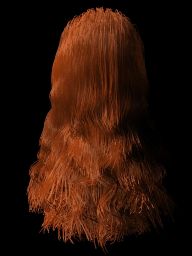
|
|
Our method, 4 clusters
|
OSM, 256 slices
|
OSM, 64 slices
|
OSM, 16slices
|
OSM, 4 slices
|
Upon close inspection, one can see the same effect again with our method, and
not with OSM. Also, it seems that adding more slices does not help much to
achieve this "shadow texture".
|
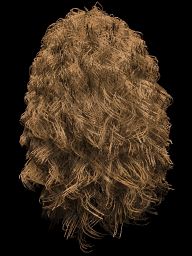
|
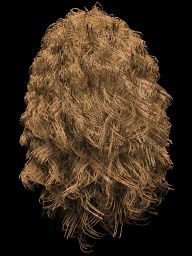
|
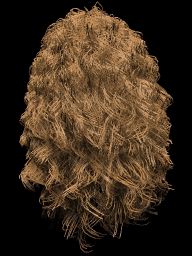
|
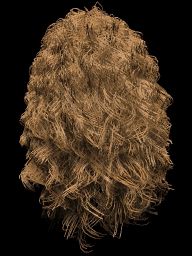
|
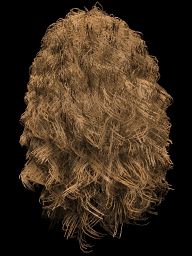
|
|
Our method, 4 clusters
|
OSM, 256 slices
|
OSM, 64 slices
|
OSM, 16slices
|
OSM, 4 slices
|
Here the effect is less noticable due to the already
chaotic characteristics of the hair model.
|
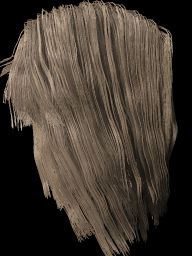
|
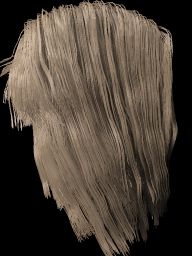
|
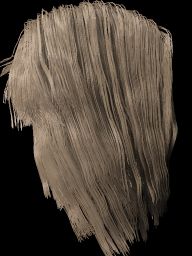
|
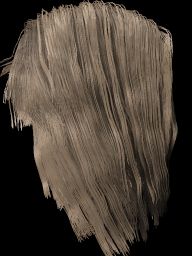
|
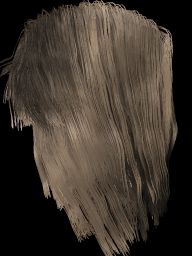
|
|
Our method, 4 clusters
|
OSM, 256 slices
|
OSM, 64 slices
|
OSM, 16slices
|
OSM, 4 slices
|
The blond model again, in a different setting.